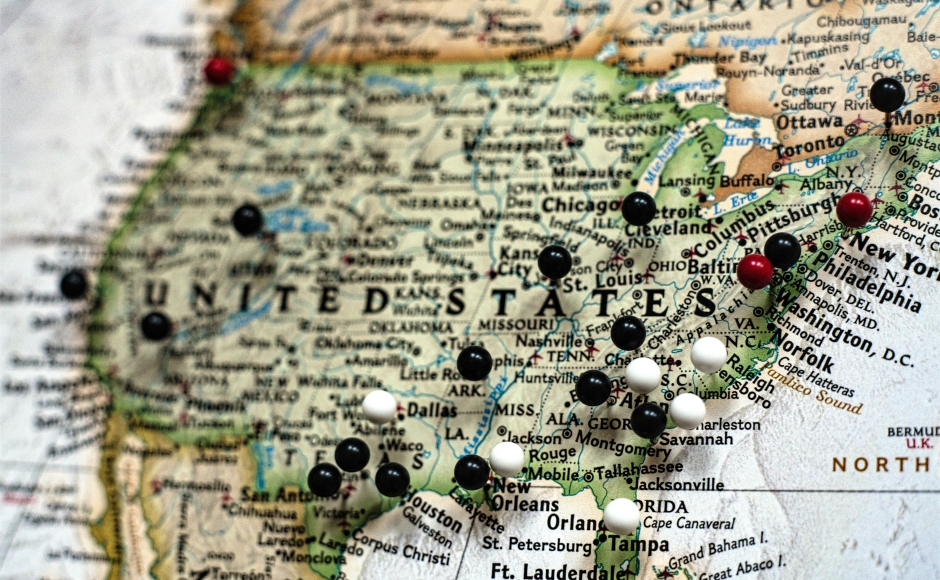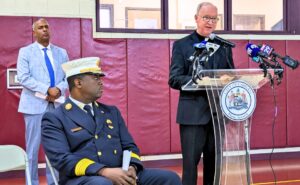 Photo by Joey Csunyo on Unsplash.
Photo by Joey Csunyo on Unsplash. Photo by Joey Csunyo on Unsplash.
Photo by Joey Csunyo on Unsplash.Related posts

Camden City to Sign $6.7M Deal with EMR After February Fire; Residents Seek Assurances
The agreement pours millions into a Waterfront South neighborhood that’s borne the brunt of six fires in nine years at the metal recycling facility, and is supported by legislative changes that could sharpen the teeth of enforcement actions. Neighbors want accountability from the business. The fire marshal’s report describes chaotic circumstances at the scene, including EMR workers ignoring instructions from firefighters and spreading flaming debris.
April 18, 2025
Collingswood Cuts Ribbon on New Public Works Facility
The brand-new garage at the intersection of Harrison and Sloan Avenues centralizes public works operations in a modern building that borough officials say will improve efficiency and the delivery of services throughout the community.
April 16, 2025